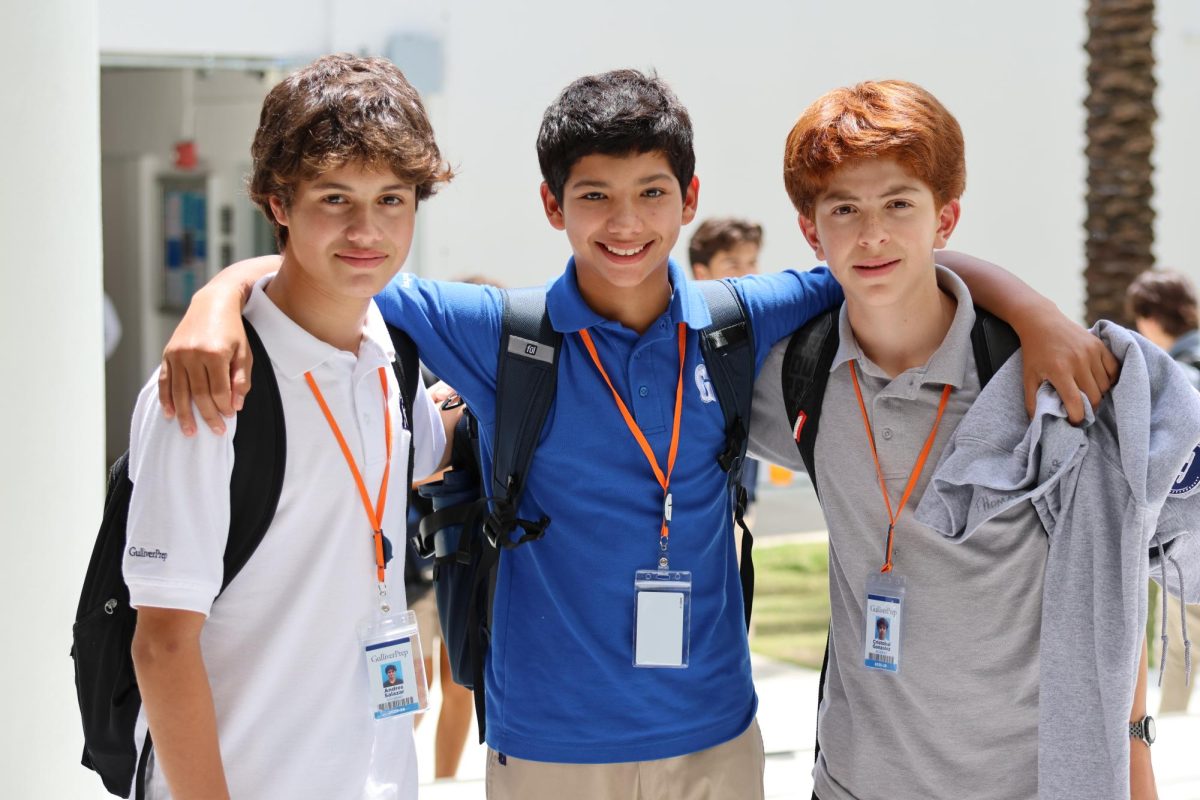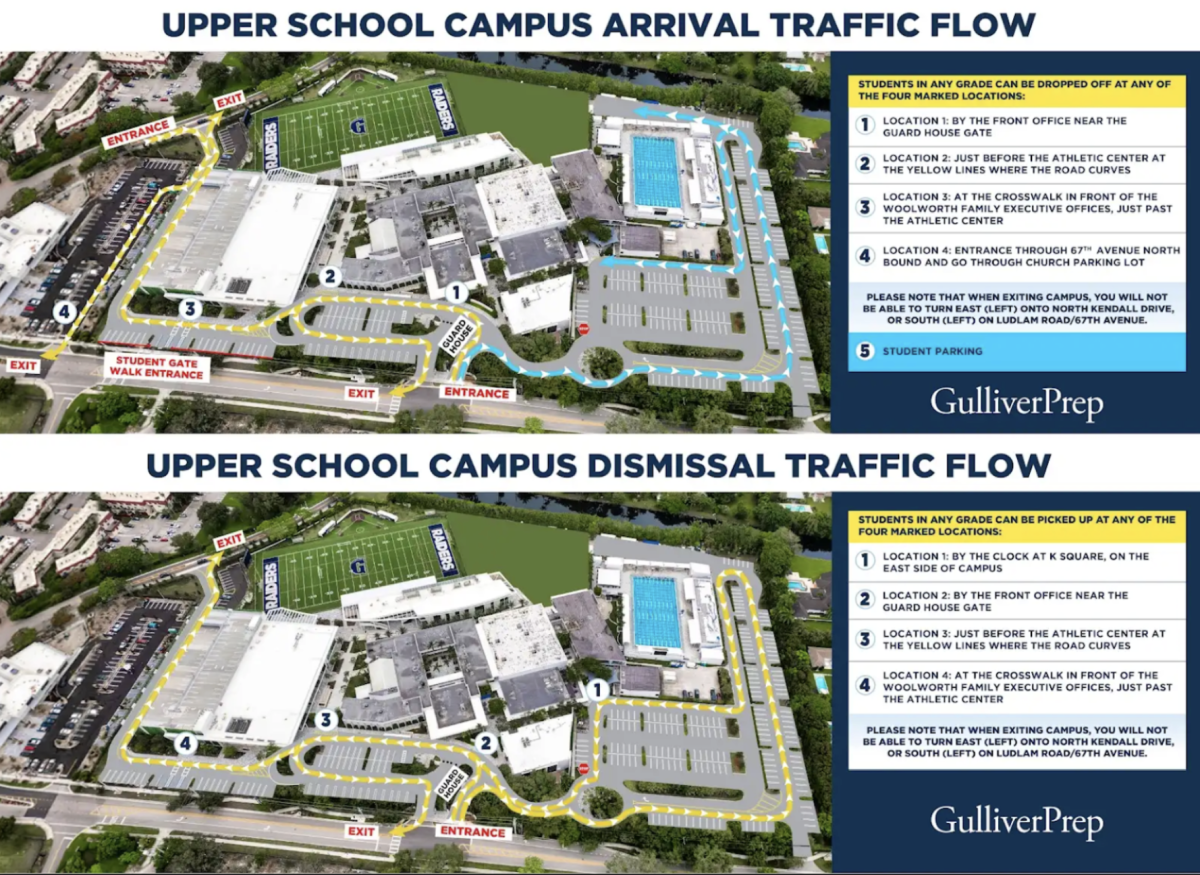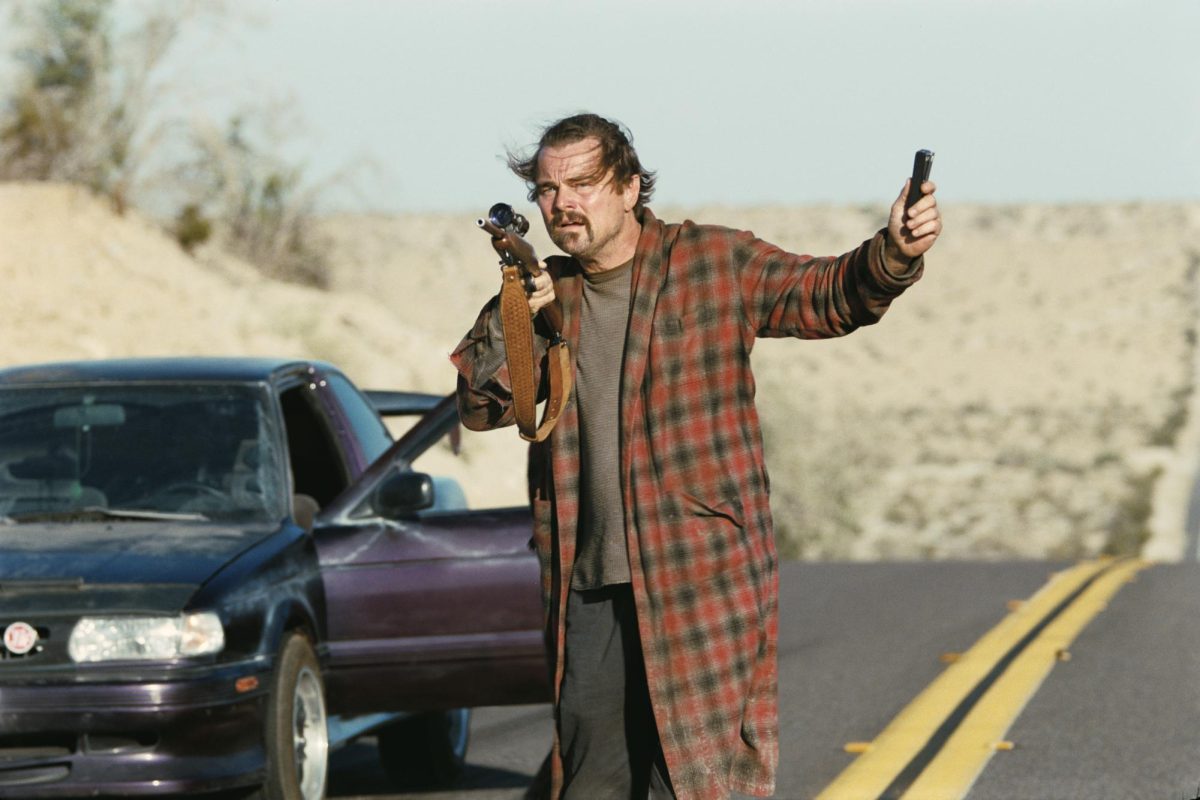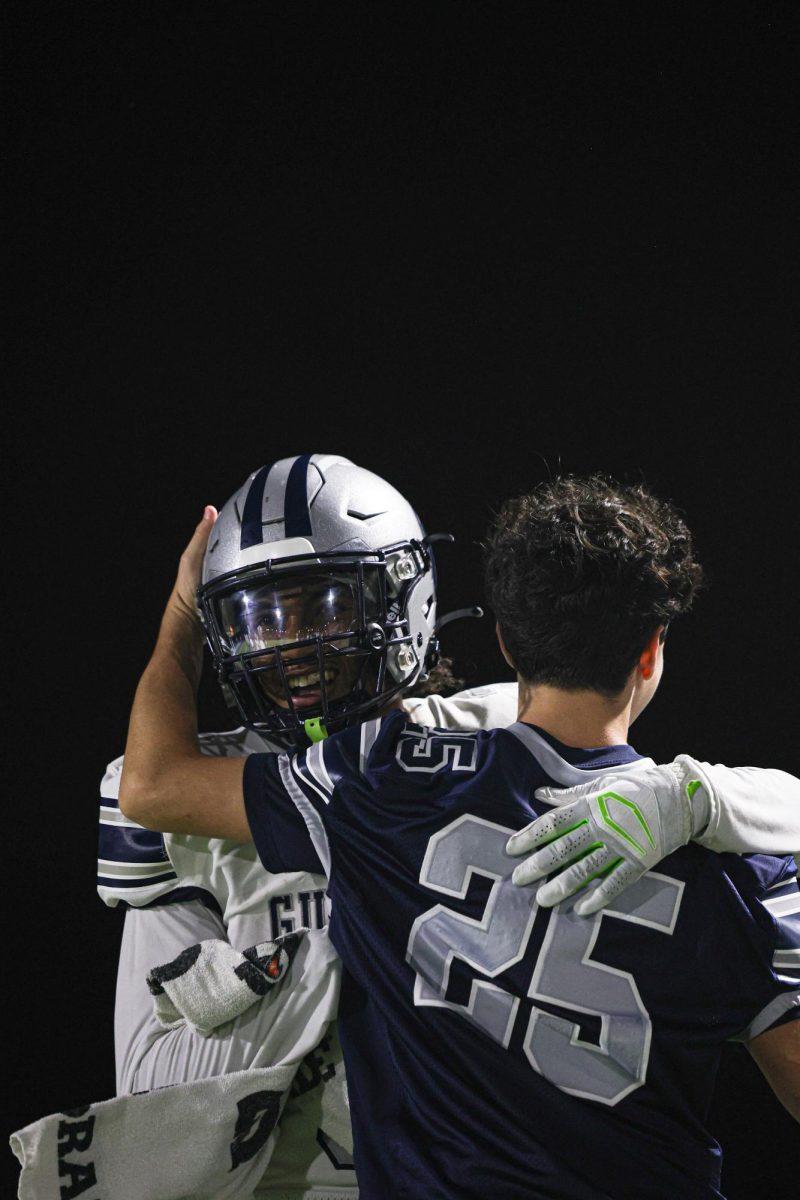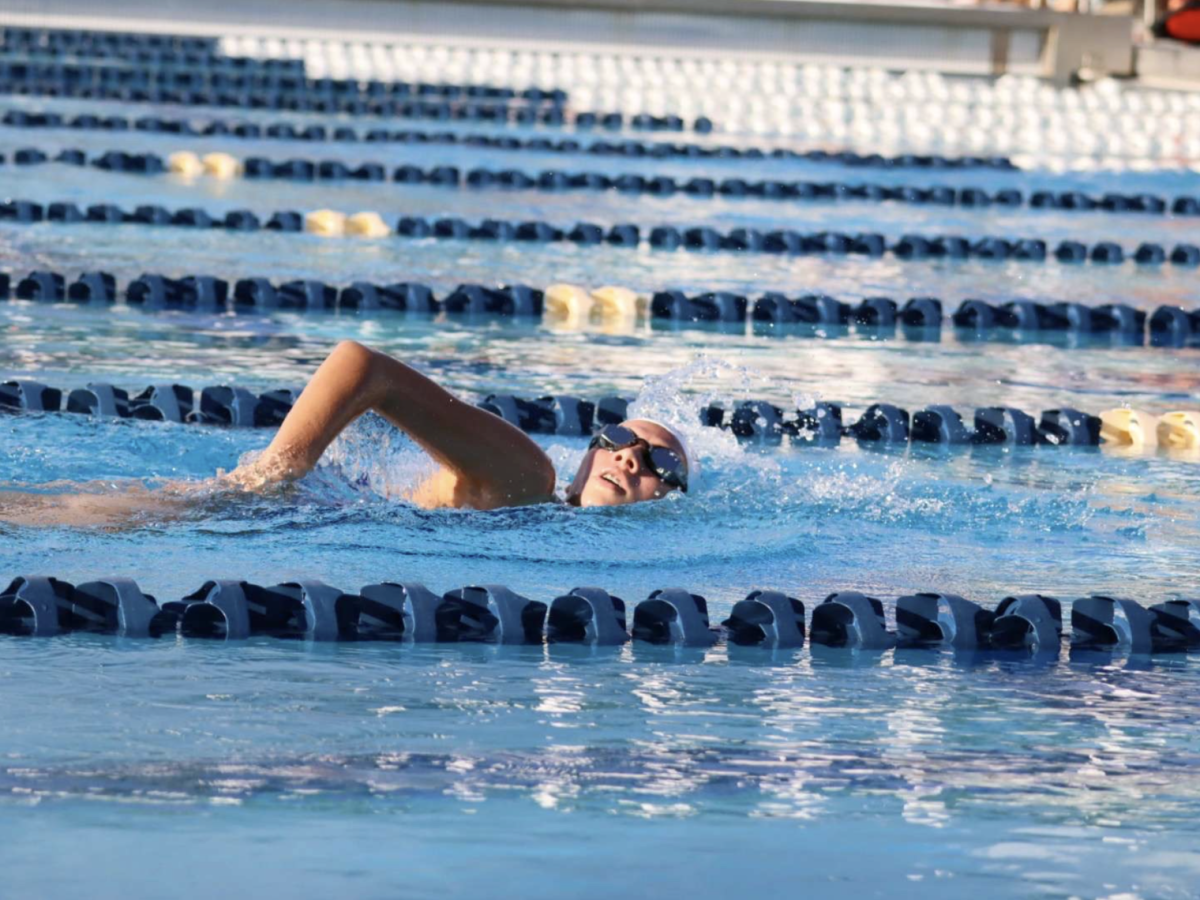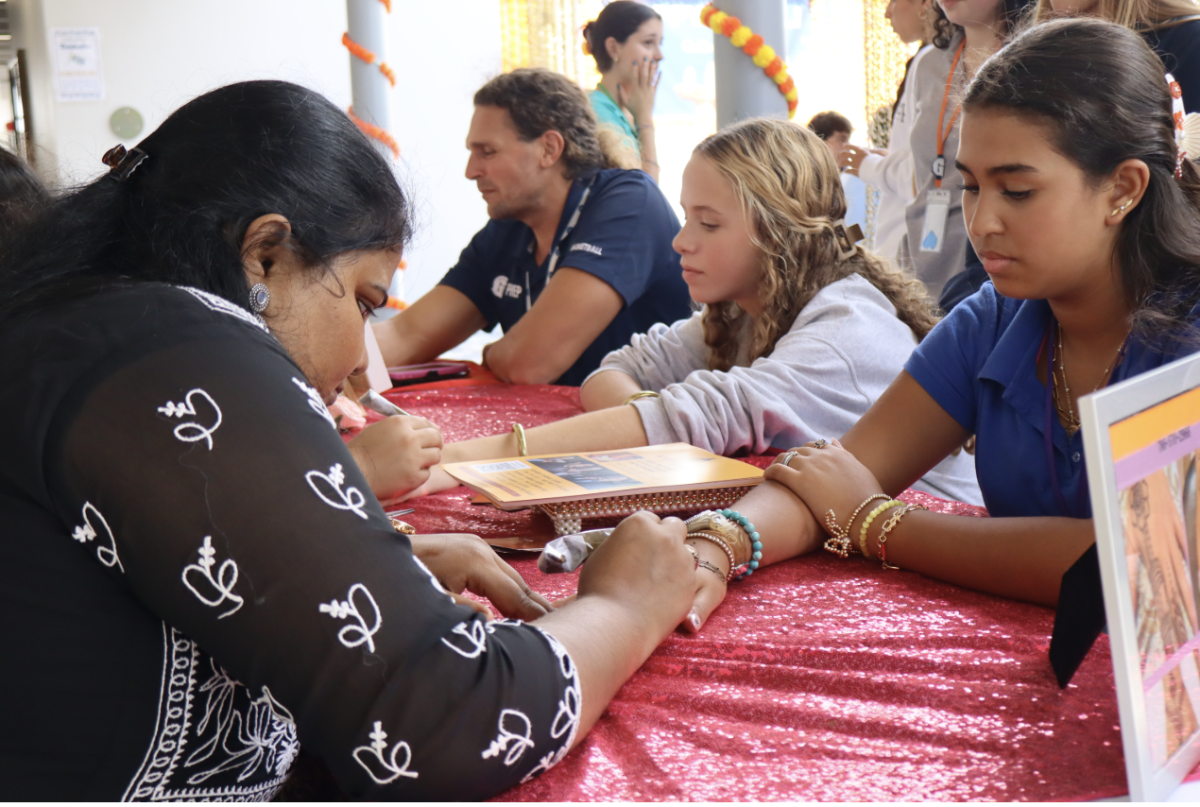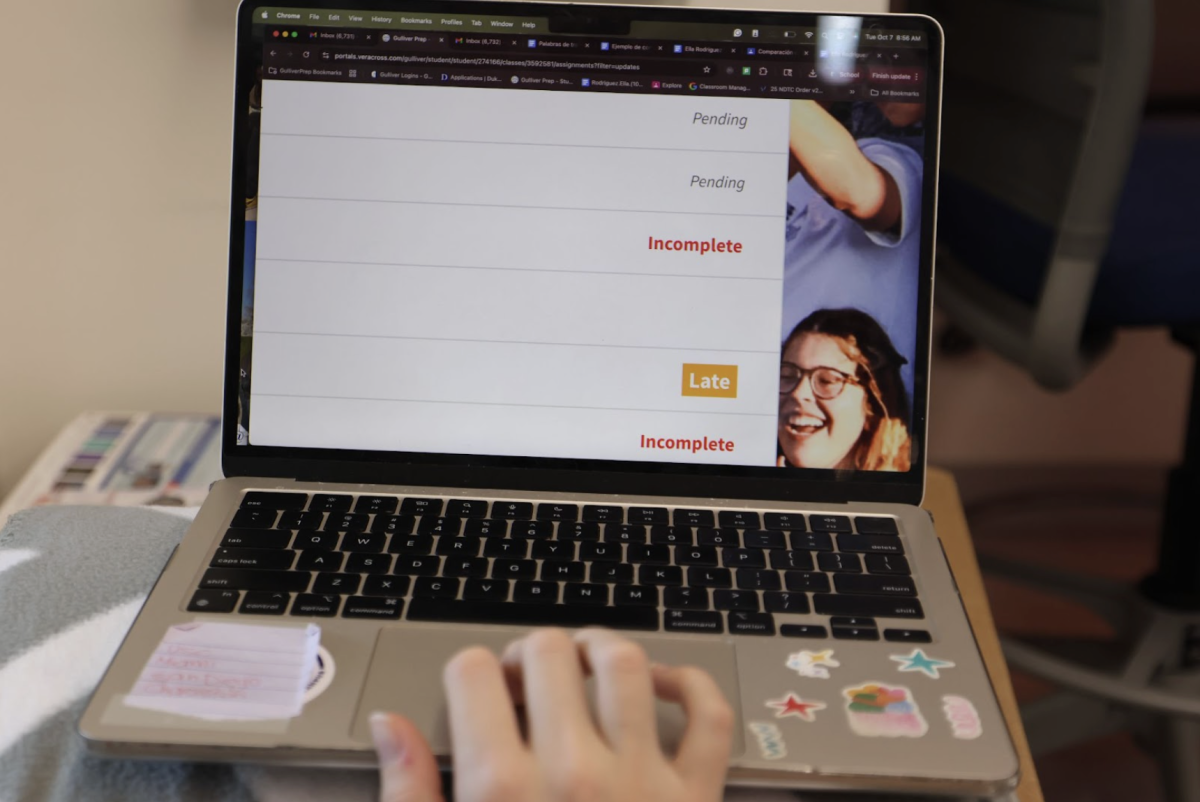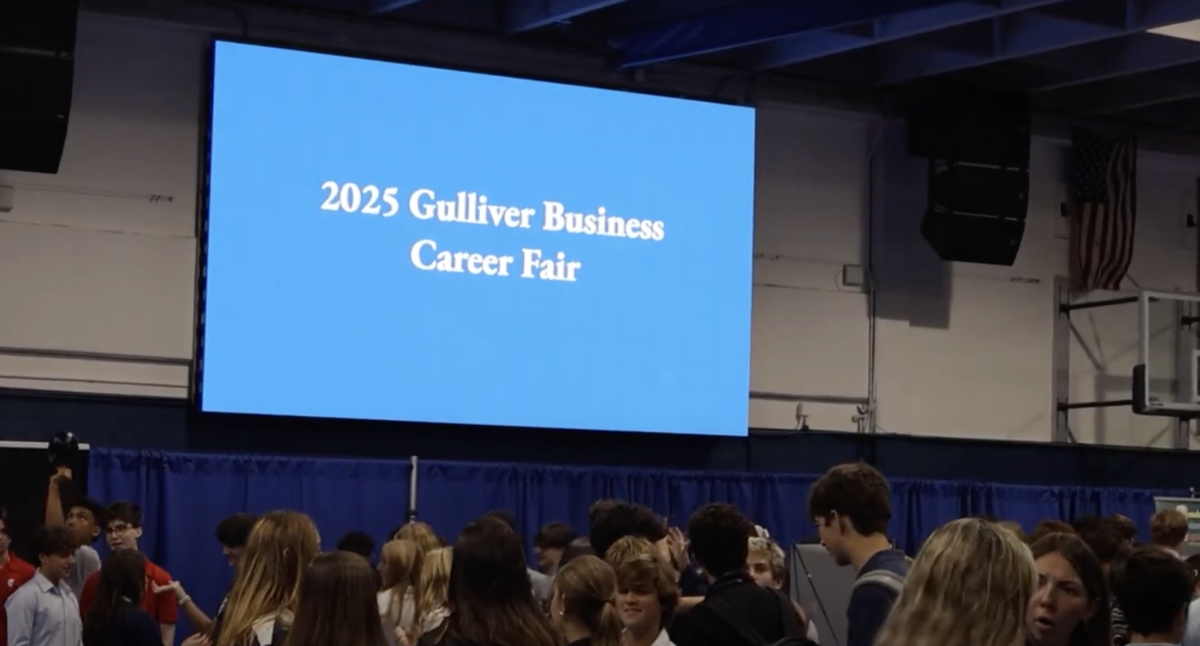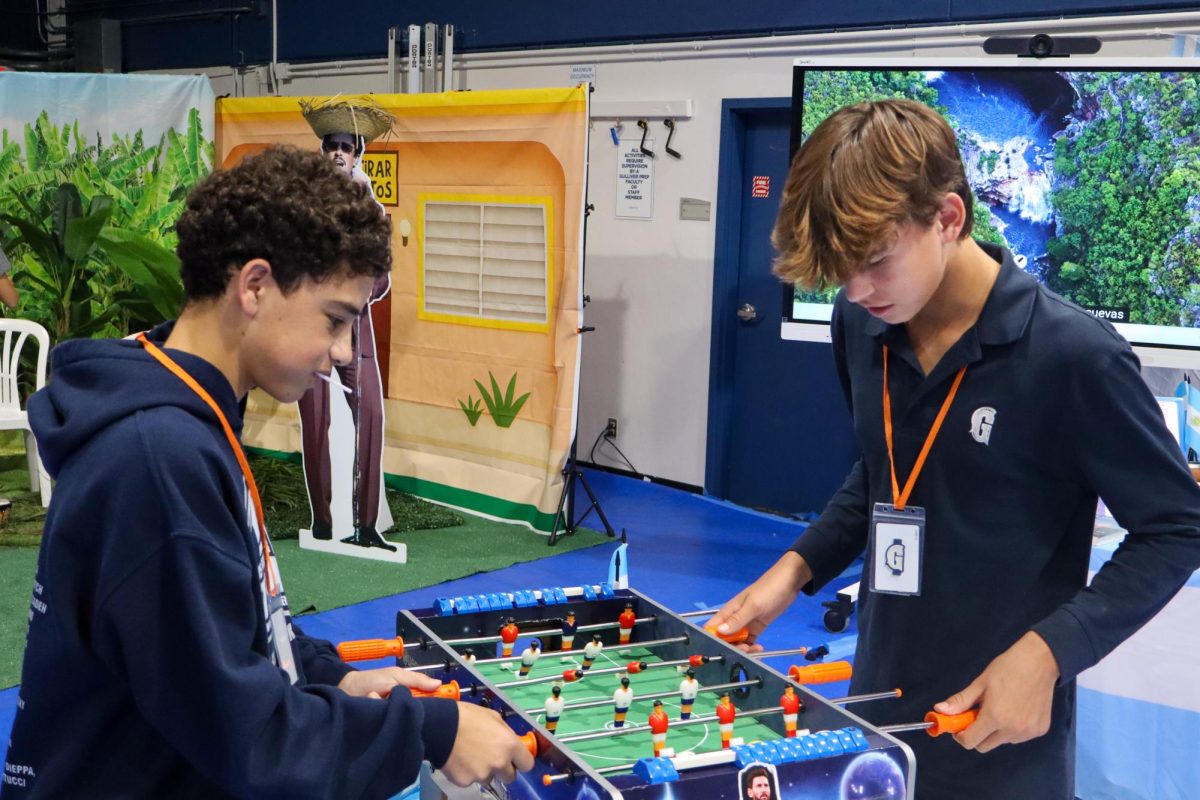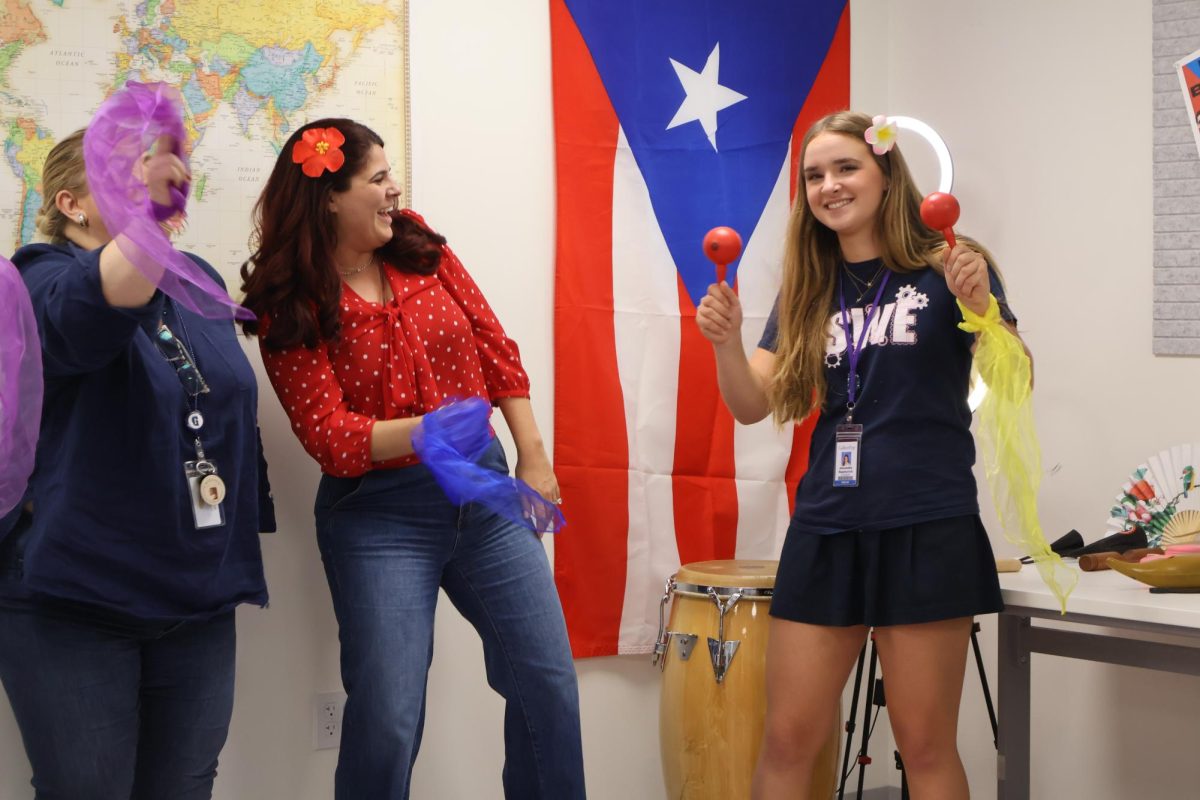New school year, new standards: administrators are tightening the dress code’s latch, stitching discord through the Raider community. While the only brand-new policy restricts club apparel to Fridays, enforcement of perennial policies—fingertip-length skorts and shorts, “G” logos on polos and bottoms, and visible IDs around the neck—is being implemented with more rigor than in previous academic years.
“Every time we students enter class or walk through the hallways, there’s always an administrator, a teacher, or another figure checking whether we have our IDs on or if our skirts are too short,” sophomore Elvira Disotaur said
This shift marks a departure from last year’s more warning-based discipline system. Students who miss class while awaiting a change of clothes receive an unexcused absence—and, under the attendance policy, may lose up to 15% on missed assignments and assessments.
“You [students] can’t take things here á la carte,” Dean of Student Life Tyrone Sandaal, now in his 14th year working at the school, said. “It’s not like students can capitalize on all the wonderful things about this place, but then not comply with basic expectations. I think they got too comfortable in thinking that was normal when it never really was.”
Junior Jaden Lee, however, doesn’t mind the uniform itself; he disapproves of the escalating sanctions associated with dress-code slip-ups.
“Over-enforcing the dress code shifts attention away from academics and creates unnecessary tension in an already high-pressure environment,” Lee said.
Administrative expectations on dress code extend far beyond first period. From 8:00 a.m. to 3:15 p.m.—or 9:15 a.m. to 3:30 p.m. on Wednesdays—faculty continue to enforce the policy.
“I think it’s important. Dress codes promote professionalism—it’s good practice for the real world,” International Diplomacy and Legal Studies Chair Gabriel Medina said.
While the uniform is clear-cut, students still find room for self-expression within its boundaries. Branded polos span a spectrum of colors—black, white, navy blue, pink, red and beyond— providing a variety of choices.
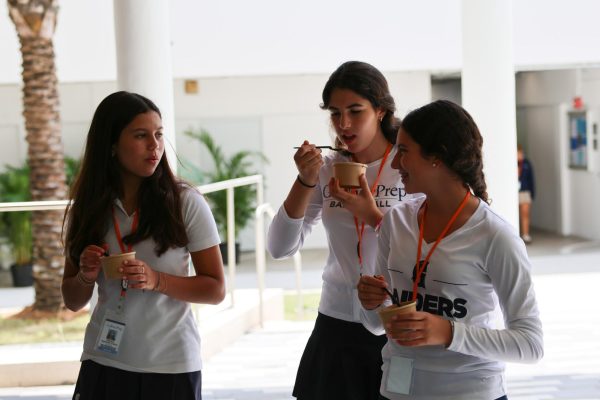
“When I see all the kids with our logo and our ID, I think to myself, ‘we really have something special here,’” Dean of Students Erin Cernuda said. “We’re all one family working together … all united in one.”
Students who do not follow the dress code, report to the Blue Dungeon gym, while they wait for parents to drop off appropriate school attire.
“They didn’t have the ‘G’ logo on their shorts, so I sent them down to the Blue Dungeon,” Medina said.
Some feel the dress code is too strict.
“I don’t agree with how strict the administration is on skirts [type and length],” Disotaur said. “Students all have different body types and ways we look, so they should take that into consideration when changing the uniforms.”
To Cernuda, though, the skort lengths, logo placement, and lanyard rules are threads in the fabric of Raider identity, woven together just in time for the school’s Centennial.
“Think of the dress code like a superhero wearing their cape,” Cernuda said. “For example, Superman starts as Clark Kent, an ordinary, run-of-the-mill person, but then he puts on his uniform, and suddenly he’s a superhero. When you [students] come here, it’s time to put on your superhero gear, readying yourself for action.”

